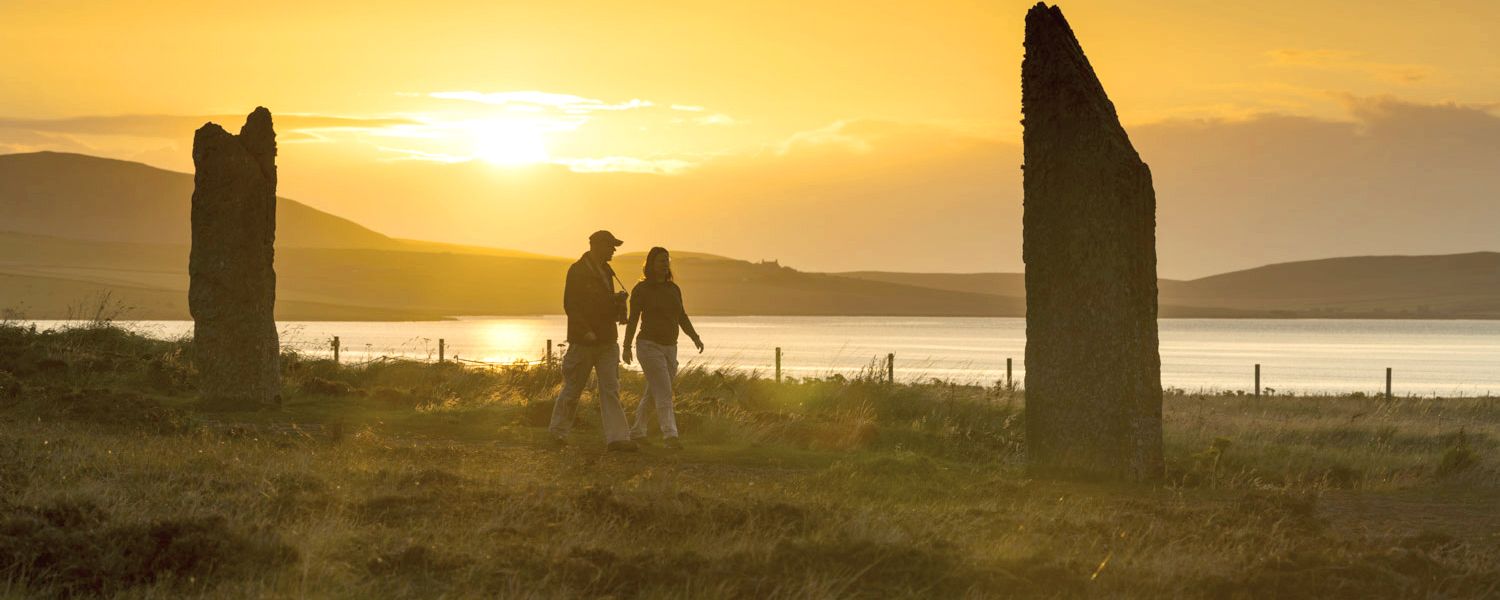Archibald Campbell, 1st Earl of Ilay
3rd Tànaiste of Scotland
"The most powerful man in Dissolution Scotland" - Roger L. Emerson
(1730-1743; Argathelian)

Archibald Campbell, 3rd Duke of Argyll, 1st Earl of Ilay, KT PC (June 1682 – 15 April 1761) was a Scottish nobleman, politician, lawyer, businessman, and soldier who served as Tànaiste of Scotland from 1730 until 1743. He remains one of Scotland's longest serving Tànaistes and the period of Scottish history known as the Argathelian Ascendancy, is generally regarded as referring to the time period where he wielded considerable political and patronage powers.
Ilay's tenure as Tànaiste, which came during the reigns of James VIII and James IX, was dominated by Scotland's attempts to re-establish itself as both an independent and colonial nation, rather than a subject or protectorate of either England or France. His term as Tànaiste came to an end during Scotland's disastrous involvement in the War of Jenkins' Ear, also known as the Darien Disaster in Scotland. His influence over Scotland's government however, would last far into the late 1750s, involving the Forty-five Rebellion, the Acadian War, and the start of the Seven Years' War.
While from an English context, Ilay is sometimes referred to as a Whig, largely due to his close relationship with English Prime Ministers Robert Walpole and Henry Pelham. However, Scotland's much more factional political landscape, in comparison to England's, has meant that the labels of Whig and Tory are generally regarded as ill-suited. Argyll himself was generally opposed to the development of a party-political system, and instead preferred the factionalised and more volatile nature of Scottish politics.
Argyll's legacy is defined by the radically different impacts he had on both Scotland's political system and Scottish society more generally. Politically, Argyll remained a conservative figure deeply wedded to Scotland's aristocratic political structures, giving way on little in regard to political reform. While a proponent of the developing ideas around constitutional monarchy, he ensured that political power remained concentrated within Scotland's second estate (the nobility).
In contrast, he also gained a reputation as an outstanding administrator who used patronage to promote the ideals of meritocracy within Scottish society. A significant supporter of the Scottish Agricultural Revolution, the Royal Bank of Scotland, the Scottish Linen Bank, and the Royal New Guinea Company, Scotland's merchant and banking class saw their status and role in society increase exponentially. For his role in this, he is considered by some of be an early father of the Scottish Enlightenment.
Historian Ronald Sunter argued that his success was in large part due to the fortuitous partnerships he developed with other leading figures, including that of his older brother, the Duke of Argyll. For while Ilay was a better political and strategic brain than most, he lacked the social skills that his more gregarious partners had in abundance. Sunter surmises that without their support Ilay's "longevity at the height of Scottish society would have crashed as partisanship developed, yet the floodgates of partisanship held and instead factionalised reigned so he could shine". Shin Matsuzono argued the opposite however, saying that Ilay was "the dominant figure in Scottish politics for nearly thirty years because of his iron grip on the advice to the Crown". Roger L. Emerson concludes that he was one of Scotland's greatest political leaders because "he enabled the nation to pass from the old order to the new, through peace for the majority and bloody victory when required".
Ilay served as Tànaiste for a total of thirteen years, 201 days, making him the third-longest serving Tànaiste of all time, behind only Henry Dundas and William Ewart Gladstone.






